Lido DAO’s ETH Staking Market Share Falls to Lowest Level in Three Years
Lido DAO’s ETH staking market share has fallen to 24.6%, its lowest level in three years, according to Dune. This decline marks a sharp change for Lido, which previously held a leading position in Ethereum’s liquid staking market.
The reduction in Lido market share comes as rivals such as Rocket Pool and exchange-based staking services, including Coinbase, increase competition. The Ethereum community continues to focus on decentralization, raising concerns about a single protocol running a large portion of validators.
Data from Dune shows that Lido ETH staking has steadily decreased over recent months. This shift reflects a broader distribution of staked ETH across different providers, reducing concentration under one platform.
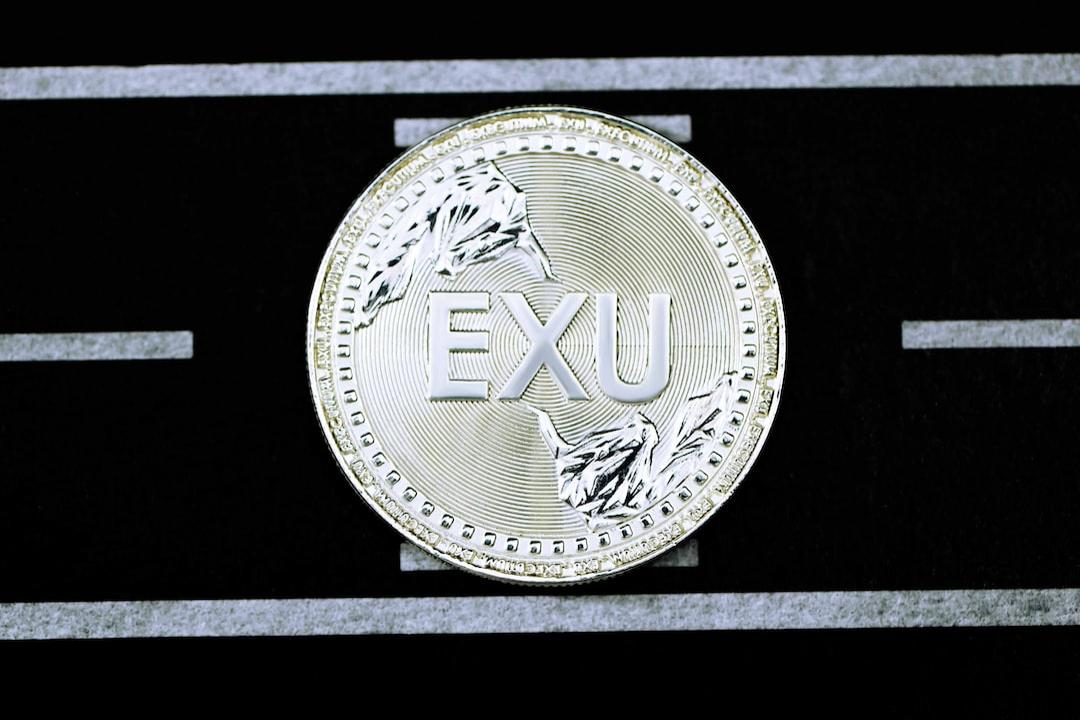
Lido Dual Governance Technical Flaw Confirmed
Lido disclosed a vulnerability in its Dual Governance (DG) model, specifically in the RageQuit mechanism. The team confirmed that user funds were not affected and that mitigation steps had already been applied.
The Dual Governance system allows both token holders and node operators to participate in protocol decisions. The RageQuit feature enables validators to exit governance if they disagree with a major proposal. The identified flaw could have restricted this exit mechanism during disputes.
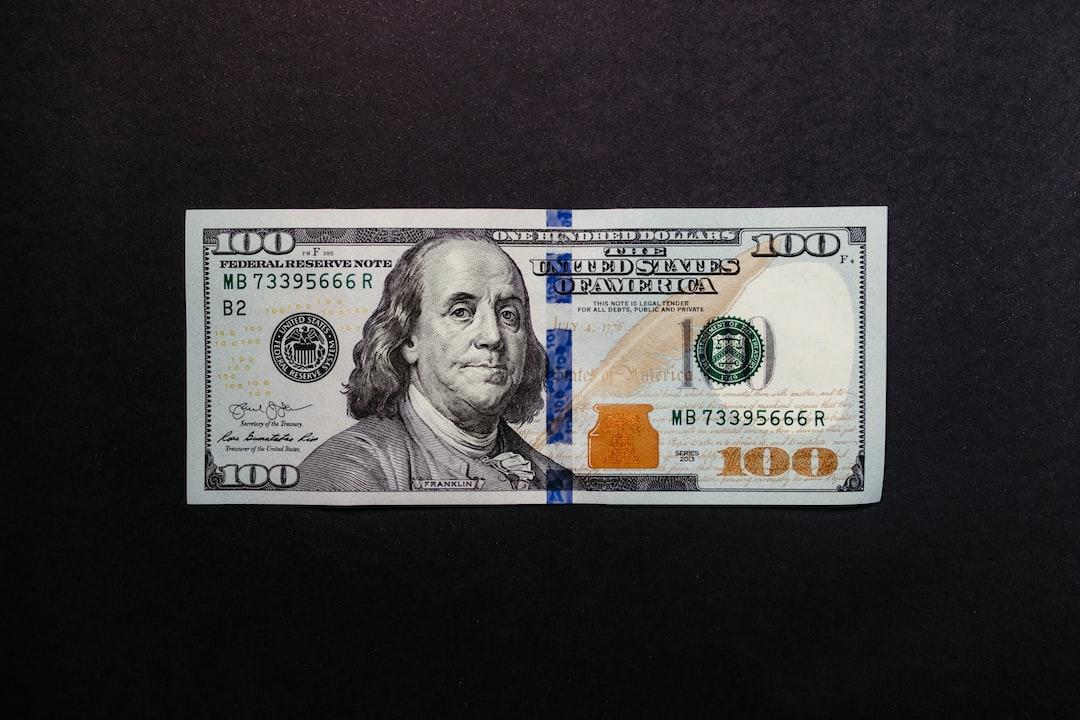
While the issue was addressed quickly, the disclosure placed additional focus on Lido governance and the operational risks that may arise within large staking protocols.
Lido ETH Withdrawals Reach 143,000 ETH
The Lido ETH withdrawal queue has climbed to nearly 143,000 ETH, based on Dune data. This is the highest level since Ethereum withdrawals were enabled, although the queue has decreased slightly from its peak at the end of July.
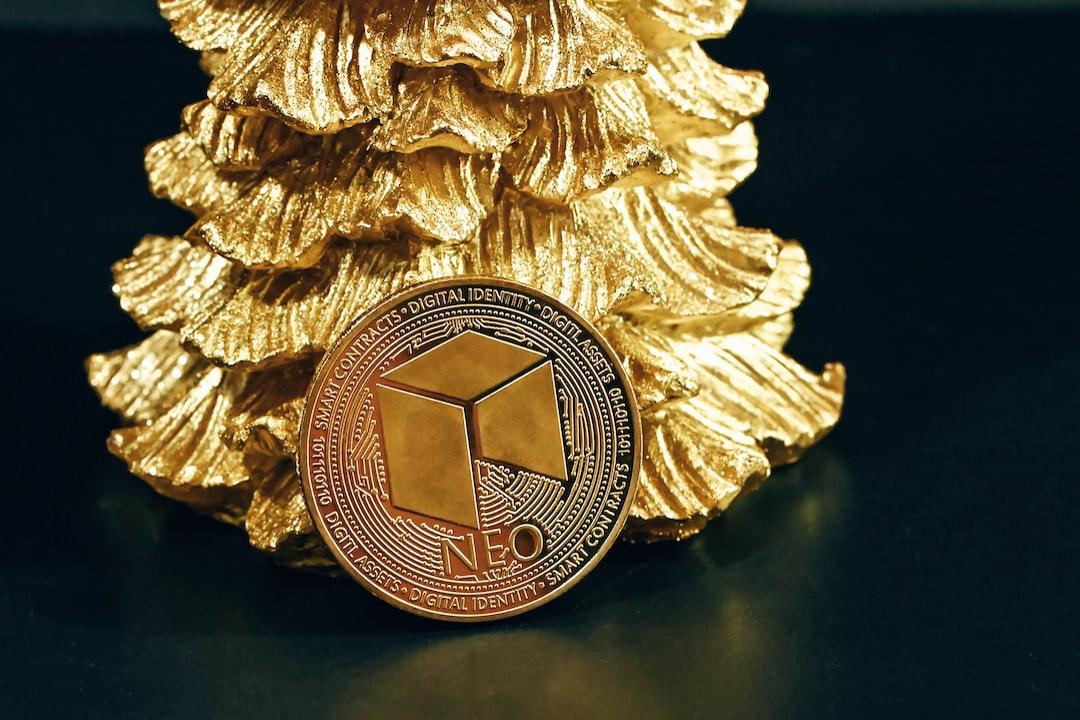
The rising ETH withdrawal queue shows increased activity from stakers moving funds out of Lido. Some may be transferring to other ETH staking platforms, reflecting broader shifts in user allocation within Ethereum’s staking ecosystem.
These withdrawal levels also coincide with intensified competition among staking providers, adding further pressure on Lido ETH staking metrics.
Lido Reduces Contributor Team by 15%
Lido DAO confirmed a 15% cut in its contributor team, as announced by co-founder Vasiliy Shapovalov on X. The decision was described as a cost-focused step rather than performance-related.
“This decision was about costs — not performance. It affects incredibly talented people who helped shape the protocol and community,” Shapovalov wrote.
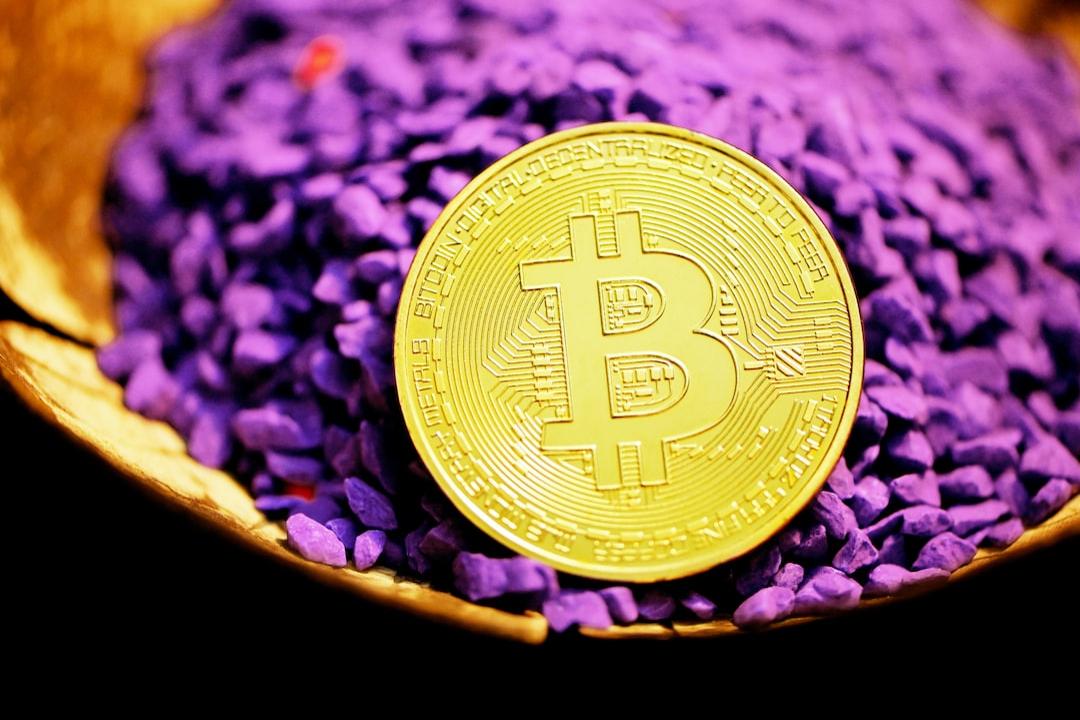
The staff reduction aligns with Lido DAO’s response to changes in the ETH staking market, declining Lido market share, and increasing competition from other Ethereum staking platforms.
Lido DAO (LDO) Forms Bullish Flag Pattern Suggesting 57% Upside
This Lido DAO LDO/USDT chart, created on August 4, 2025, shows a bullish flag pattern forming on the 4-hour timeframe. A bullish flag pattern is a continuation signal where price consolidates downward within parallel lines after a sharp upward move, often indicating potential for further gains once it breaks out.
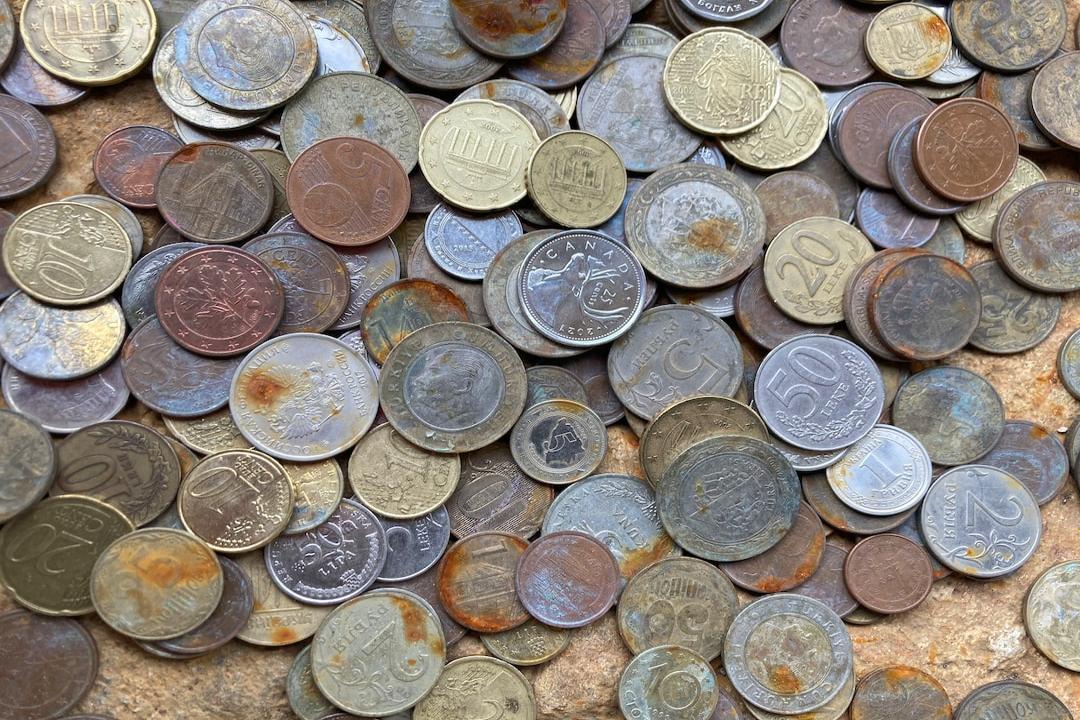
The chart displays a clear flagpole from mid-July when LDO rallied strongly, followed by a downward-sloping channel. The price is currently trading at $0.92611, slightly below the 50-period Exponential Moving Average (EMA) at $0.97468. If LDO breaks out of this flag to the upside, it could confirm a projected move of nearly 57%, targeting around $1.46335 based on the height of the flagpole added to the breakout level.
The price has already tested the upper boundary of the flag pattern. A confirmed breakout above this level would align with the technical target, supported by previous price action from July and the alignment of the EMA, which is flattening. This consolidation phase shows declining volatility, which often precedes expansion when a breakout occurs.
The pattern remains valid as long as price holds above its recent low near $0.88. Once it clears the flag resistance, the next technical target would align with $1.46335, suggesting strong upward potential if momentum continues.
Lido DAO (LDO) MACD Shows Bullish Crossover Signal
This Lido DAO (LDO) chart, created on August 4, 2025, uses the Moving Average Convergence Divergence (MACD) indicator to track momentum. The MACD consists of two lines: the MACD line (blue) and the signal line (orange), along with the histogram that shows the difference between them.
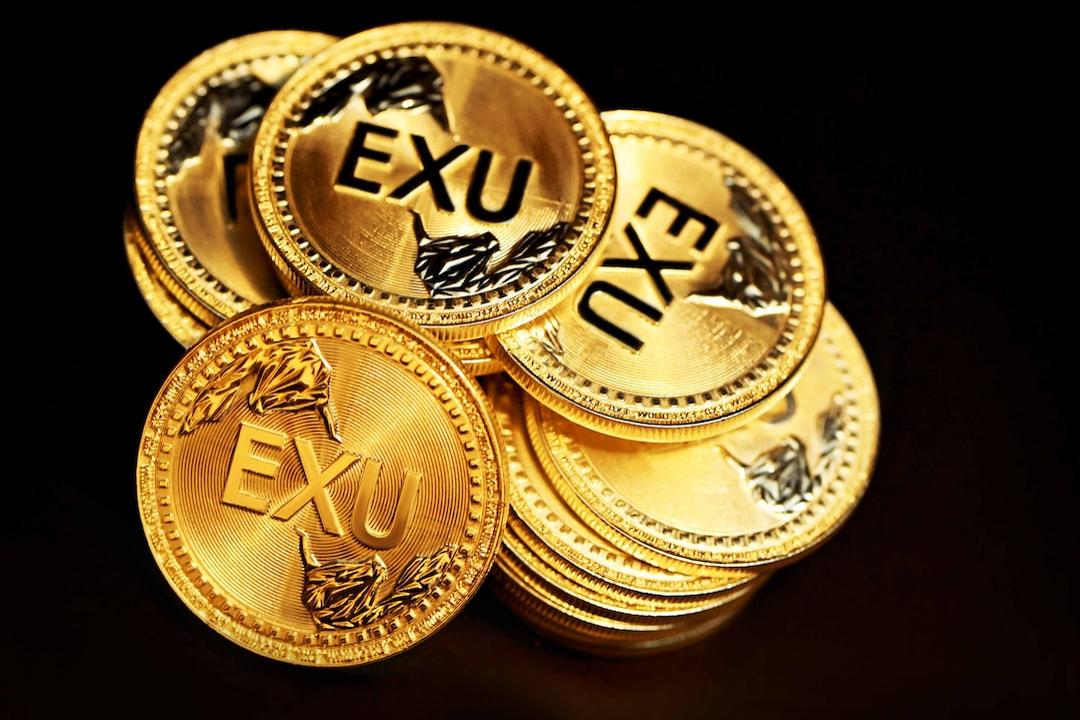
The chart shows that the MACD line has crossed above the signal line, which is a bullish crossover. This crossover indicates a potential shift in momentum from bearish to bullish. The histogram has turned positive, confirming that upward momentum is increasing.
The MACD line is now at 0.01065, while the signal line is at -0.03007, and the histogram bars are rising above zero. This development supports the bullish flag breakout scenario seen earlier. When the MACD crosses above the signal line while the histogram expands positively, it often signals strengthening buying pressure.
If this momentum holds, it would reinforce the price projection discussed earlier, with LDO potentially advancing toward $1.46335, representing a 57% move from its current level of $0.92611. This alignment of price pattern and MACD crossover adds weight to the bullish outlook in the short term.
Lido DAO (LDO) RSI Shows Recovery from Oversold Zone
This Lido DAO (LDO) chart tracks the Relative Strength Index (RSI) over a 14-period timeframe. The RSI is a momentum indicator that measures the speed and change of price movements, ranging from 0 to 100. Values below 30 indicate oversold conditions, while readings above 70 signal overbought levels.
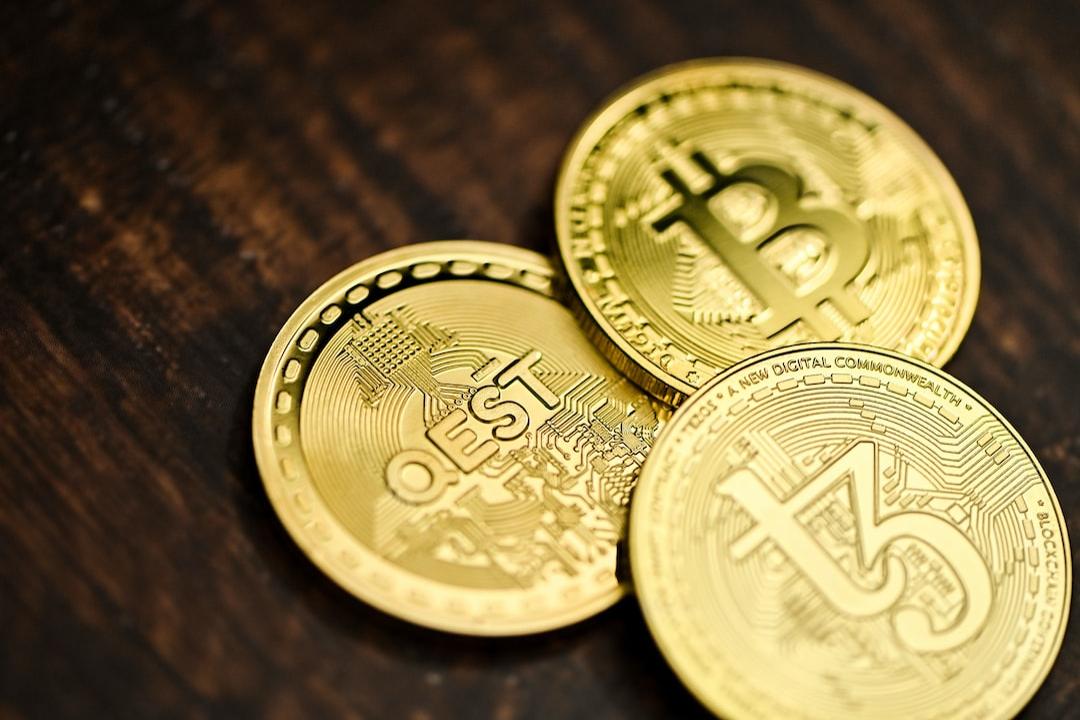
Currently, RSI stands at 45.67, recovering from a recent low near 25, which placed it in oversold territory. This rebound shows that selling pressure has eased and buying interest is returning. The RSI is also approaching its signal line at 36.20, with the upward slope indicating strengthening momentum.
The recovery from oversold levels aligns with other bullish signals seen in the Moving Average Convergence Divergence (MACD) and the bullish flag pattern on the price chart. This suggests that momentum is shifting upward, potentially supporting a price move toward the projected target of $1.46335, which would represent a 57% increase from the current price of $0.92611.
